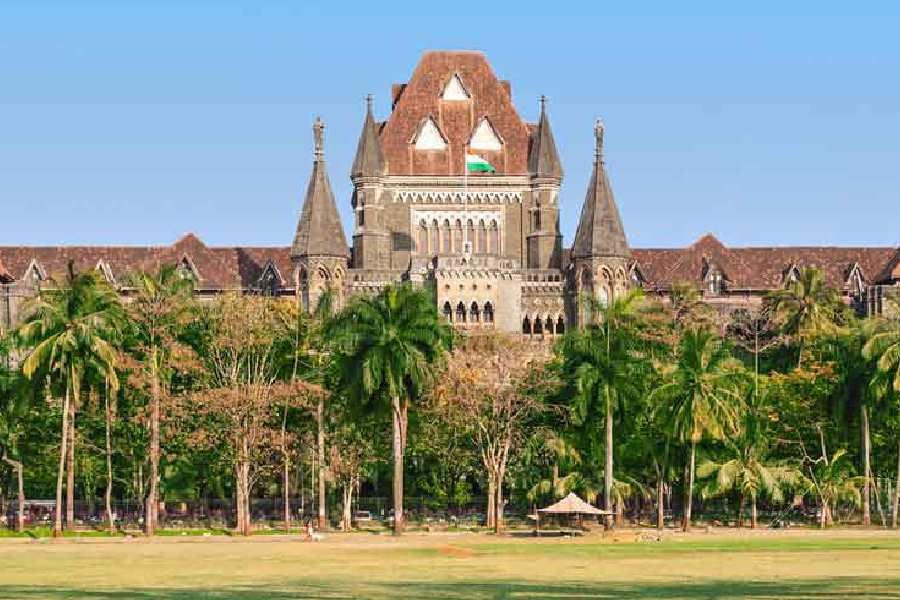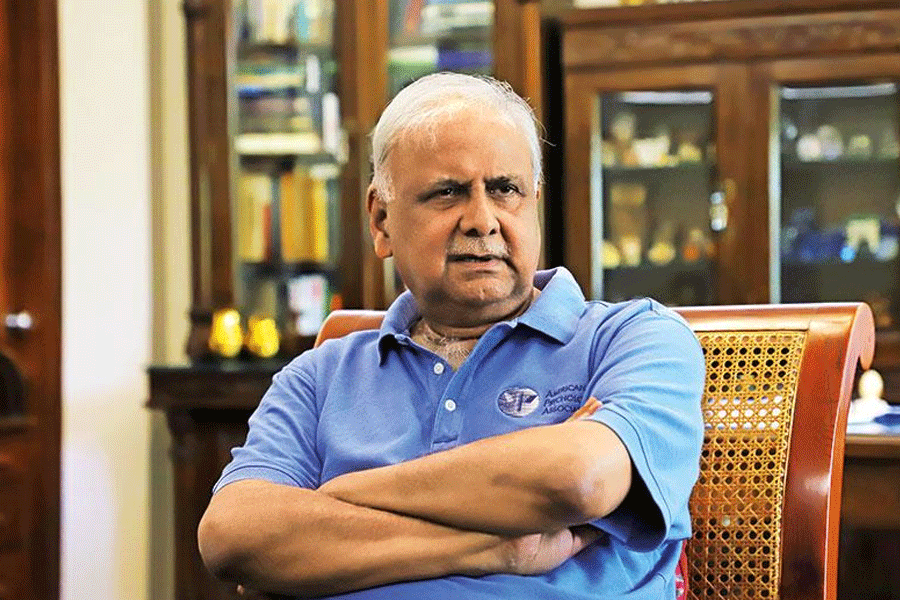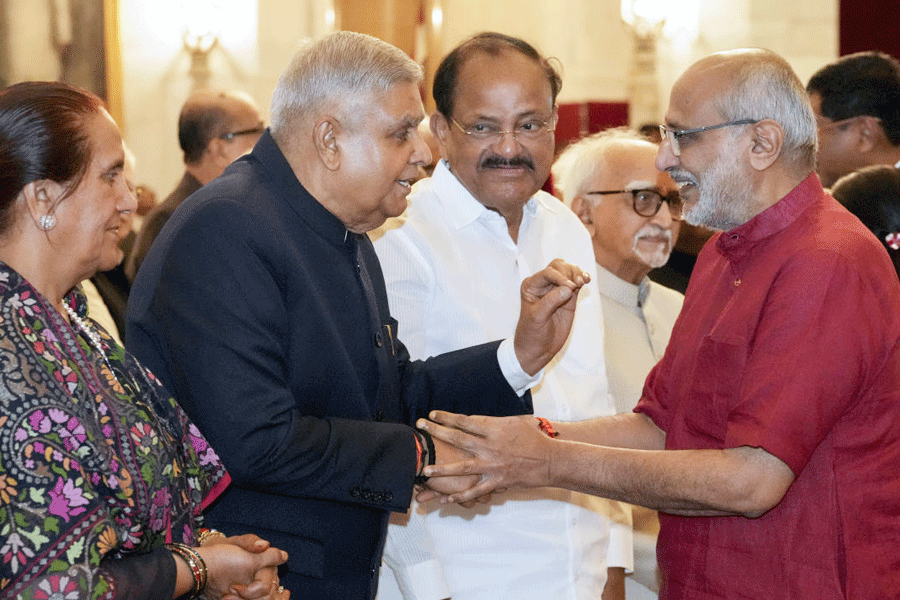 |
 |
| HELP YOURSELF: Stephen Lanzolotta (top); and some staple fare |
Stephen Lanzolotta, owner of Sophia’s Bakery in Portland, US, lost most of his customers to the low-carb Atkins diet craze. Now, in the hope that he will be able to bring back his lost customers to good old bread, he has borrowed from the title of Dan Brown’s best-selling novel to describe his alternative to Atkins: the “Da Vinci Diet”.
Some biblical lore from The Da Vinci Code, some maths theory and the logic that bread is one of the oldest foods and cannot possibly be as harmful as the Atkins diet claims it to be, has turned Lanzolotta into a diet specialist. He has been discussing the “carbohydrate question” in a series of lectures, promoting a diet he has followed for decades to maintain a muscular 75 kg into middle age.
“Human civilisation and grain have ties that go way back. No municipal society evolved without grain, no matter what it was,” says Lanzolotta, who kneads dough by hand. According to him, bread forms the basic building blocks of the body and, in moderation, is good for the mind as well as for the body, with no connection to obesity.
The Da Vinci Diet is not published. It is just being spoken about through Lanzolotta’s lectures. It consists mostly of Mediterranean foods — the foods ancient thinkers and artists ate. Fish, meat, cheese, vegetables, nuts, wine, in addition to bread — none are taboo in this diet.
Lanzolotta uses a formula he created that relies on the value of phi, a number discovered by ancient mathematicians, used to build the pyramids, and featured prominently in Brown’s book. The value, 1.618, is known as the “golden ratio”.
The diet typically breaks down to 52 per cent carbohydrates, 20 per cent protein and 28 per cent fat. That’s fewer carbohydrates and more protein than current federal guidelines. The formula can also help people choose the right foods without rejecting the most basic food: bread.
Lanzolotta is not alone in looking for a carbohydrate-considerate way to eat, says Dave Grotto, a spokesman for the American Dietetic Association. Grotto agrees with Lanzolotta’s claim that most Atkins-friendly processed snacks are mere fillers with very low nutritive value and almost no real taste. “The bakery industry has been in essence turned on its head,” he says. “But the truth of the matter, we eat because we enjoy the taste of food. And some of that gets lost in translation in low-carb foods.”
Lanzolotta understands that low-carb diets have their points. All he wants to say is, “I’m not suggesting that we eat more bread. I’m just trying to look at the problems with eating only meat.”
The naked bread diet
Here’s a five-day diet based on traditional staples. The regime is low in fat, not no-fat, and focuses on eating the ‘naked’ bread.
Day One
• Breakfast: one thick/two thin slices of wholemeal or brown bread. Eat with a bowl of chopped mixed fruit. You can eat a whole apple and orange or mash a banana on to a slice of bread.
• Lunch: mix up a variegated salad. Add a teaspoon of low or no-fat dressing and eat as much as you want with one warmed thick slice of rye bread or homemade bread. If you are eating out, choose a sandwich marked very low or virtually no fat.
• Supper: smoked haddock marinated in olive oil and another lemon juice. Add strip of lemon grass and bake in a moderate oven (15 to 20 minutes). Serve with green beans, and one thick slice of favourite brown bread.
Day Two
Breakfast and lunch: as day one.
• Supper: Halve one red pepper and roast in oven about 15 minutes. Paint frying pan with a film of oil, and lightly cook two sliced mushrooms. Add a quarter of a tin of anchovies and heat through. Off the heat, add four black pitted and chopped olives, chopped parsley and fresh breadcrumbs made from wheatgrain loaf. Mix well, fill pepper halves and cook in oven for about 25 minutes.
Day Three
Breakfast and lunch: as day one.
• Supper: Marinate chicken breast in the following: Indian spices, such as garam masala, cumin, ground coriander, paprika or turmeric and a pinch of chilli powder to taste. Mix with low-fat yogurt, sunflower oil and lemon juice. Grill or bake for 15-20 minutes. Decorate with coriander leaves. Serve with naan bread.
Day Four
Breakfast and lunch: as day one.
• Supper: Place two quartered yellow and red peppers, four peeled shallots and four unpeeled garlic cloves into roasting tin and heat for about 20 minutes. Spread garlic and mustard mixture and some chopped oregano over the vegetables. Season with a little salt and freshly ground green peppercorns. Drizzle with a little olive oil. Bake for a further 20 minutes or until just soft. Serve with two chunks of saffron bread.
Day Five
Breakfast and lunch: as day one.
• Supper: Season steak with ground black pepper and mustard. Season fish with ground green peppercorns and brush with olive oil and balsamic vinegar. When fish is just cooked through, add a little extra balsamic vinegar. Serve with two green vegetables, mixed with inch-square warmed cubes of bread tossed in chopped chives and parsley.
Each day
Drink 1.5 - 2 litres of fluid, including skimmed or semi-skimmed milk, which is vital for strong bones, diet drinks and herbal teas.











